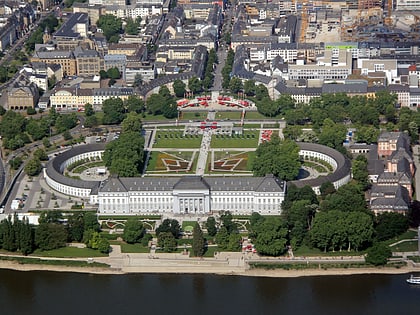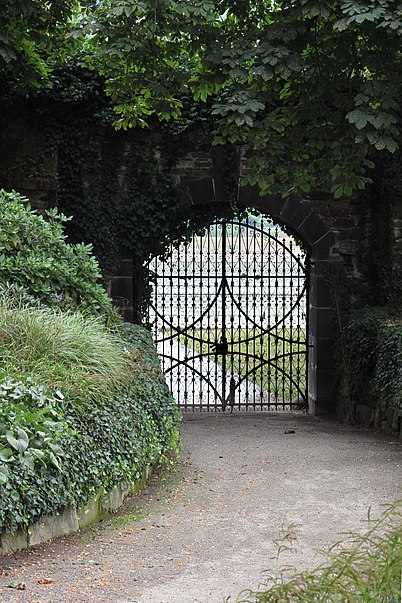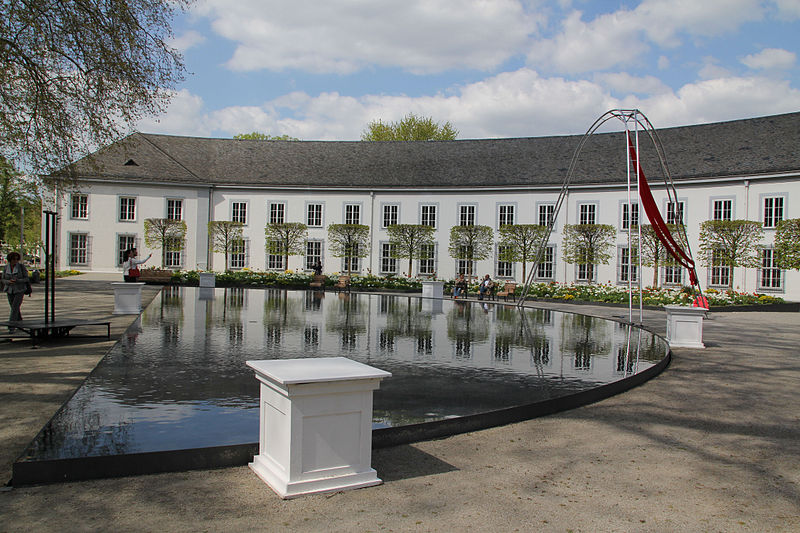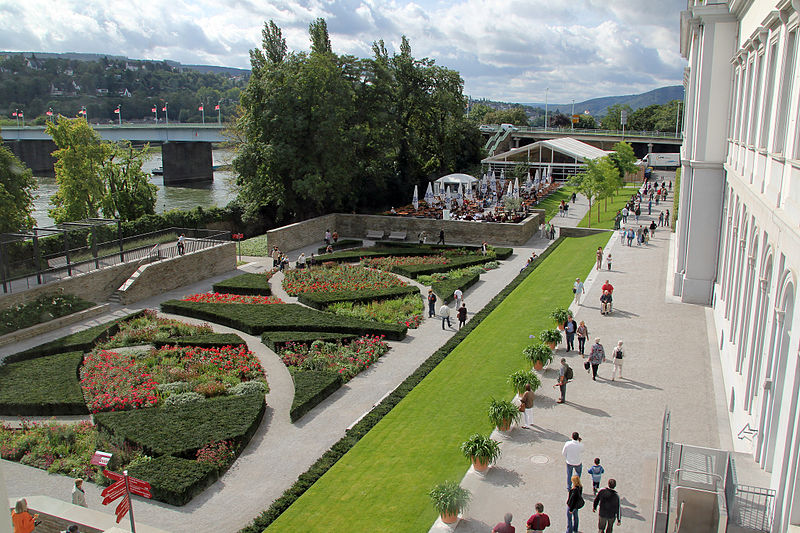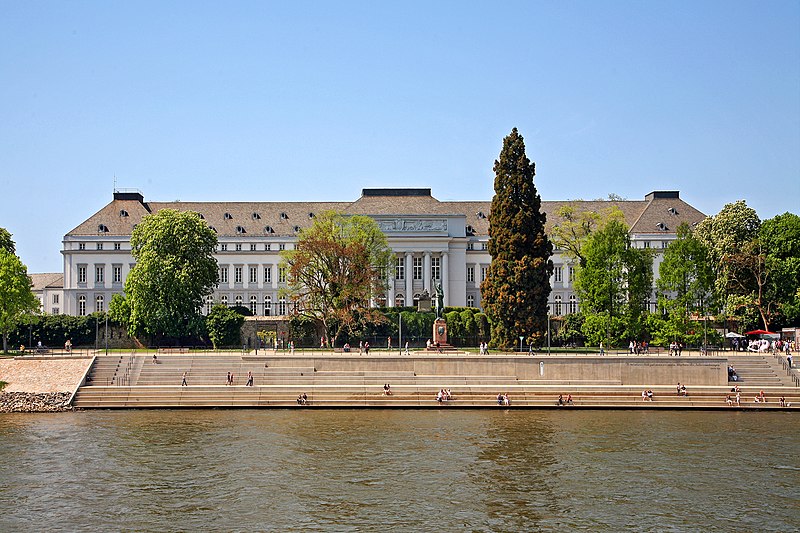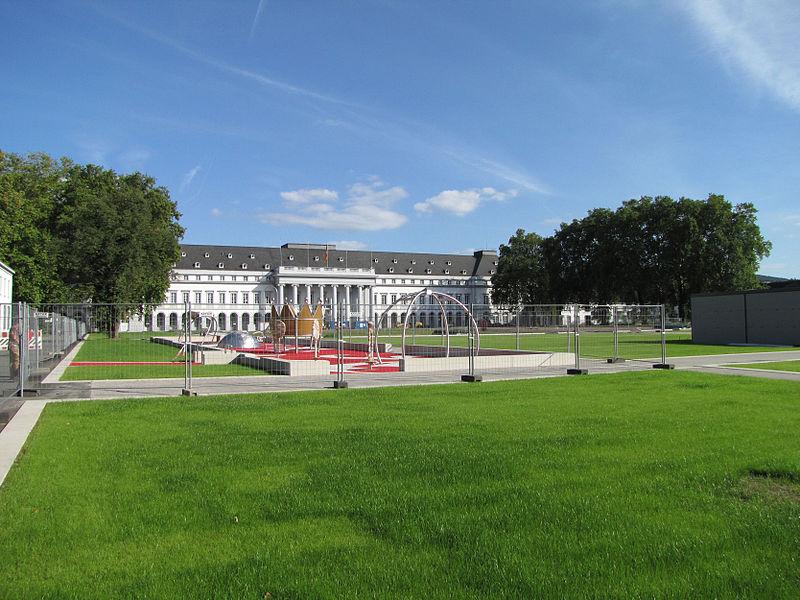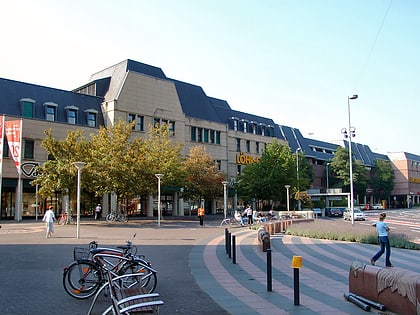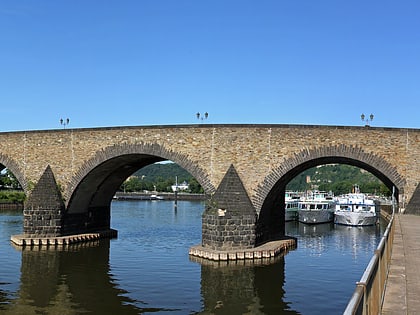Electoral Palace, Koblenz
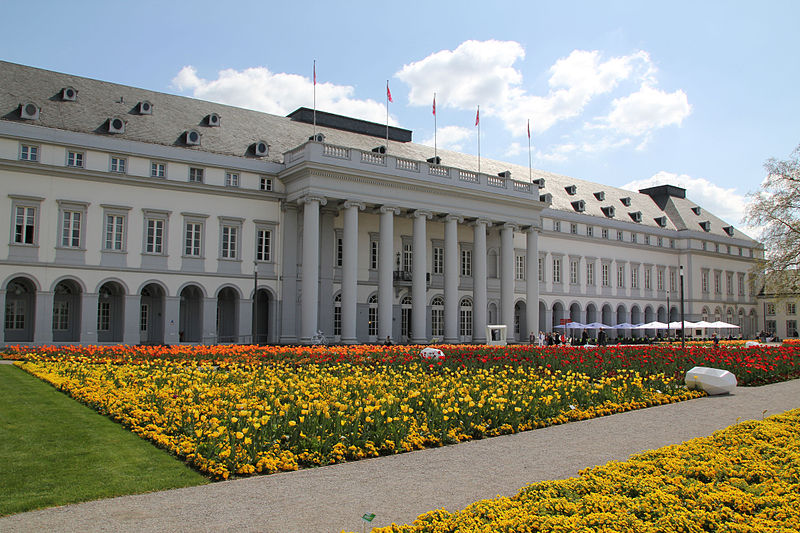
Facts and practical information
Nestled in the picturesque city of Koblenz, Germany, the Electoral Palace (Kurfürstliches Schloss) stands as a testament to the rich architectural heritage and historical significance of the region. This grand castle, with its elegant Baroque design, was built in the late 18th century and once served as the residence of the last Archbishop and Elector of Trier, Clemens Wenceslaus of Saxony.
Visitors to the Electoral Palace are immediately struck by its stately façade and the meticulously manicured gardens that surround it. The palace's architecture is characterized by its symmetry and the intricate details that adorn its exterior and interior spaces. With its location at the confluence of the Rhine and Moselle rivers, the palace offers a stunning backdrop for photographs and leisurely strolls along the riverside.
The interior of the palace is equally impressive, with its opulent rooms and halls that have been carefully preserved. Although the palace is now primarily used for administrative purposes and as a venue for cultural events, certain parts of the building are open to the public. Tourists can explore historical exhibitions that delve into the palace's past and its role in the political and cultural life of Koblenz.
One of the highlights for visitors is the chance to attend one of the many concerts, exhibitions, or festivals that are held at the Electoral Palace throughout the year. These events provide a unique opportunity to experience the castle's historic ambiance while enjoying contemporary cultural offerings.
For those interested in horticulture, the palace gardens, known as the Schlossgarten, are a must-see. These gardens showcase a variety of plants and flowers, and they act as a peaceful retreat from the hustle and bustle of the city. The gardens also afford a magnificent view of the UNESCO World Heritage Site of the Upper Middle Rhine Valley.
Electoral Palace – popular in the area (distance from the attraction)
Nearby attractions include: Middle Rhine, Deutsches Eck, Festung Ehrenbreitstein, Basilica of St. Castor.
Frequently Asked Questions (FAQ)
Which popular attractions are close to Electoral Palace?
How to get to Electoral Palace by public transport?
Bus
- Stadttheater/Schloss • Lines: 3, 460 (4 min walk)
- Stadttheater/Schloß • Lines: 1, 3, 460 (5 min walk)
Train
- Koblenz Stadtmitte (15 min walk)
- Koblenz-Ehrenbreitstein (15 min walk)
Tram
- Stop • Lines: Schrägaufzug Ehrenbreitstein (20 min walk)
